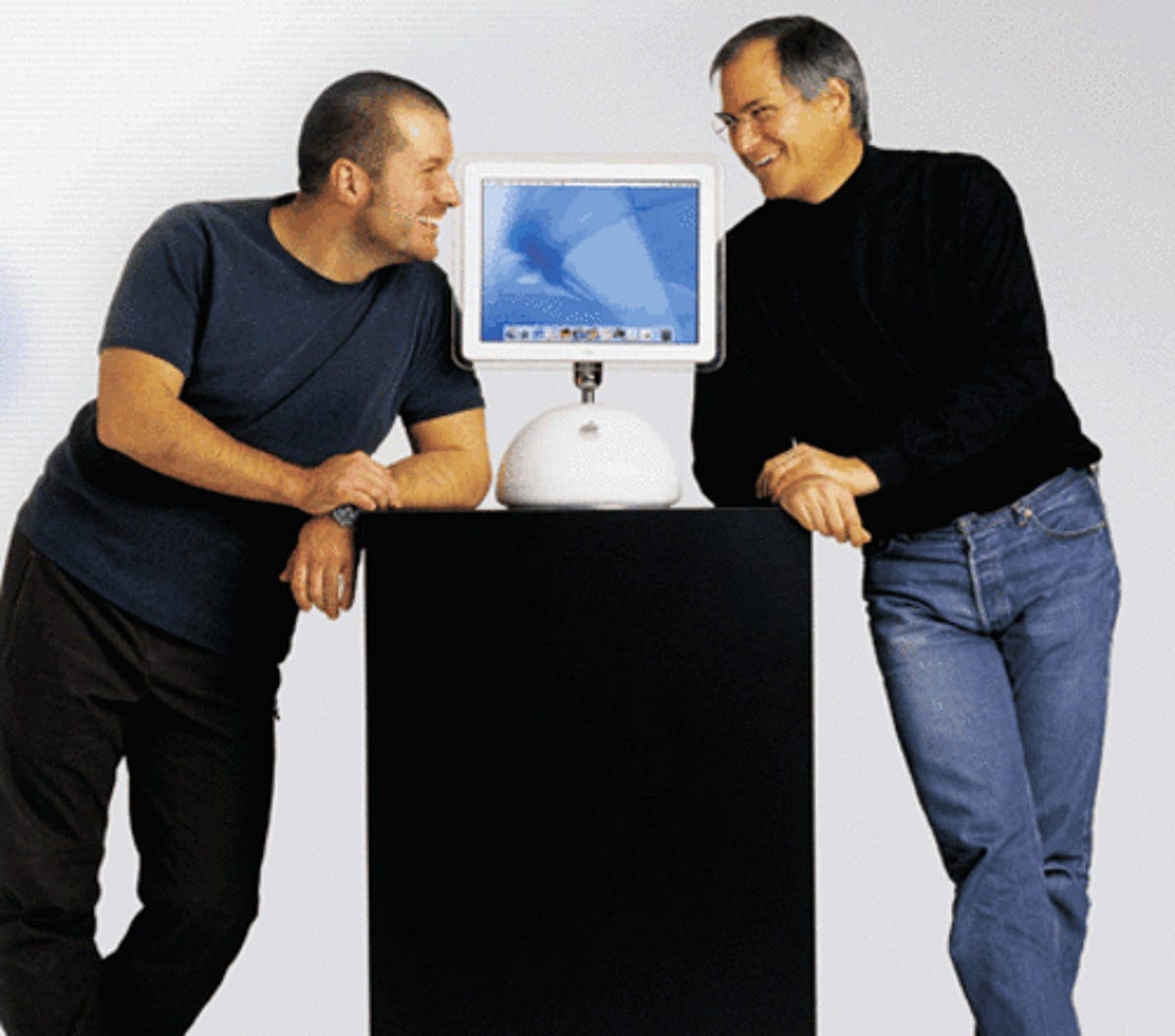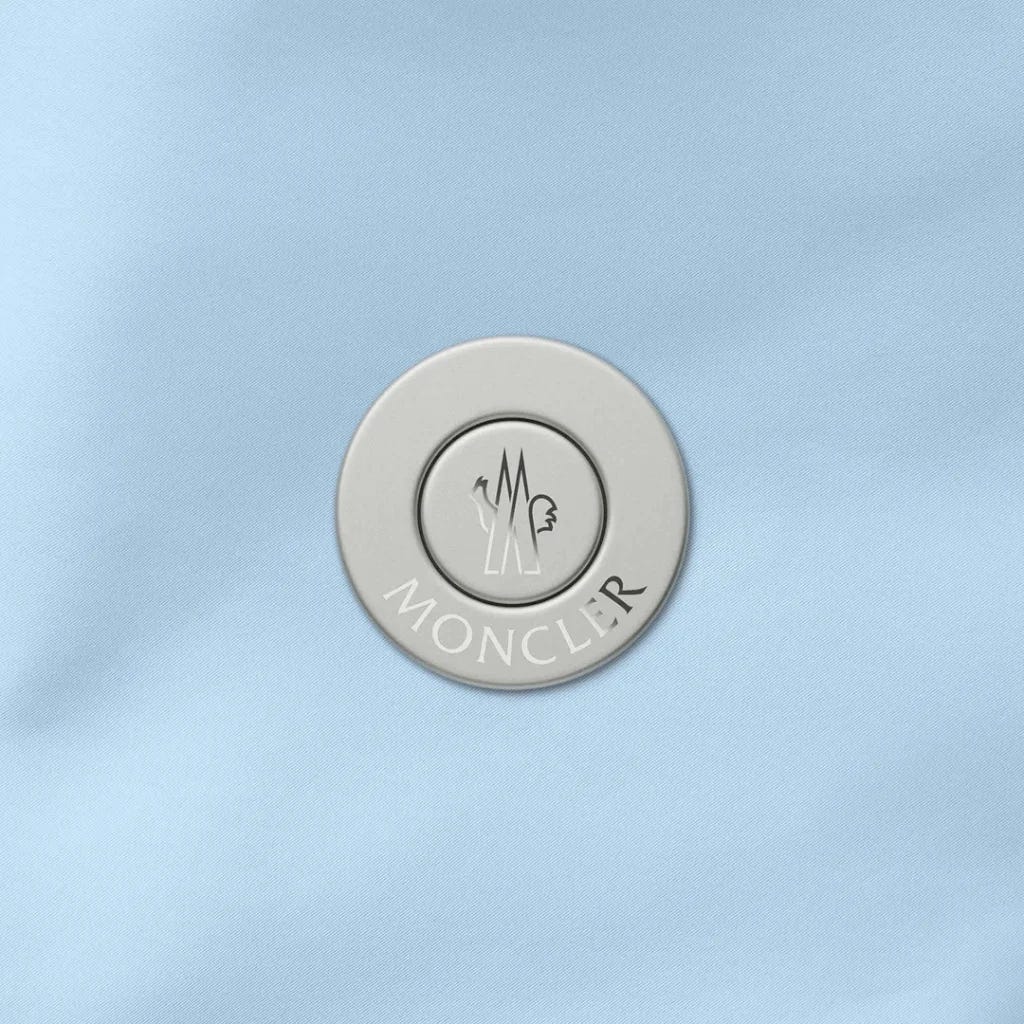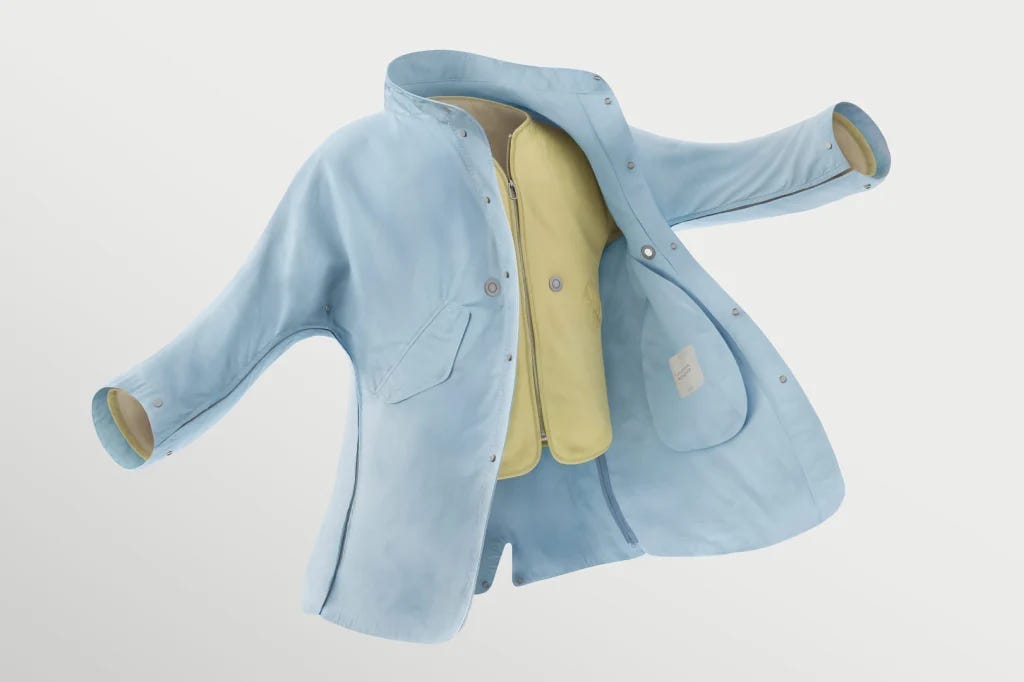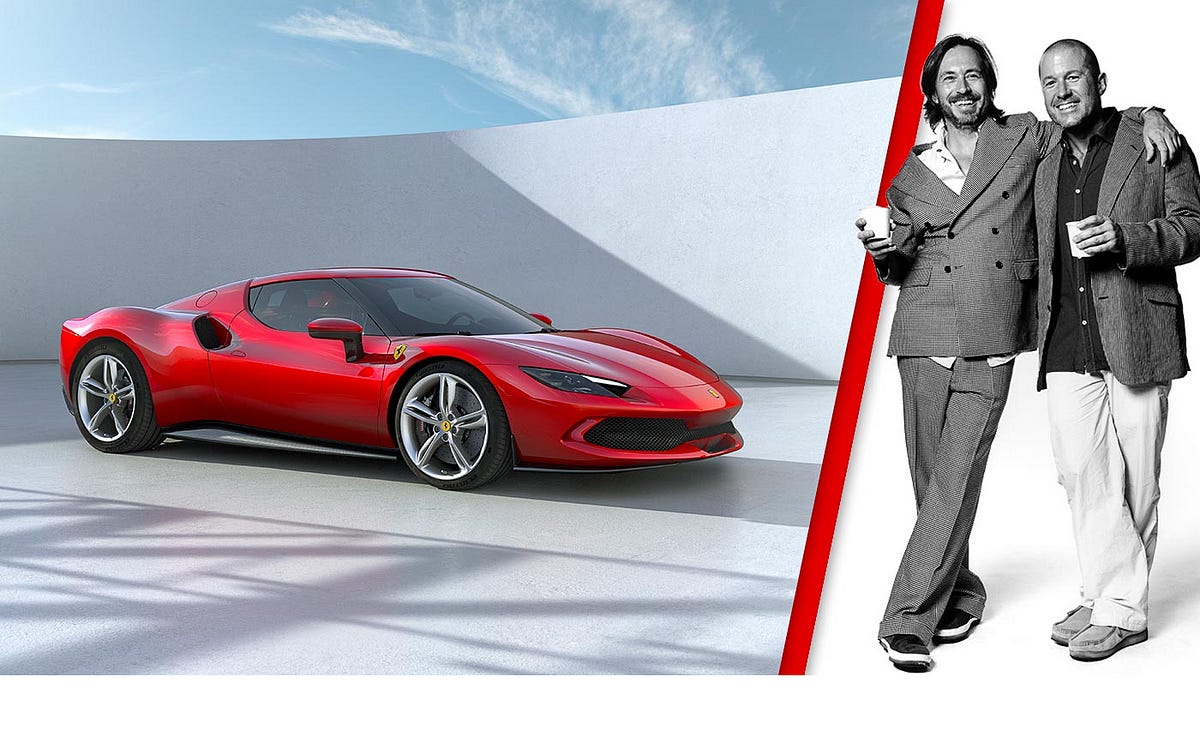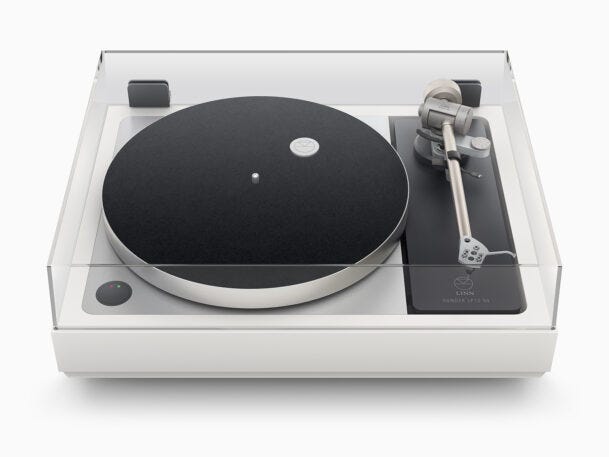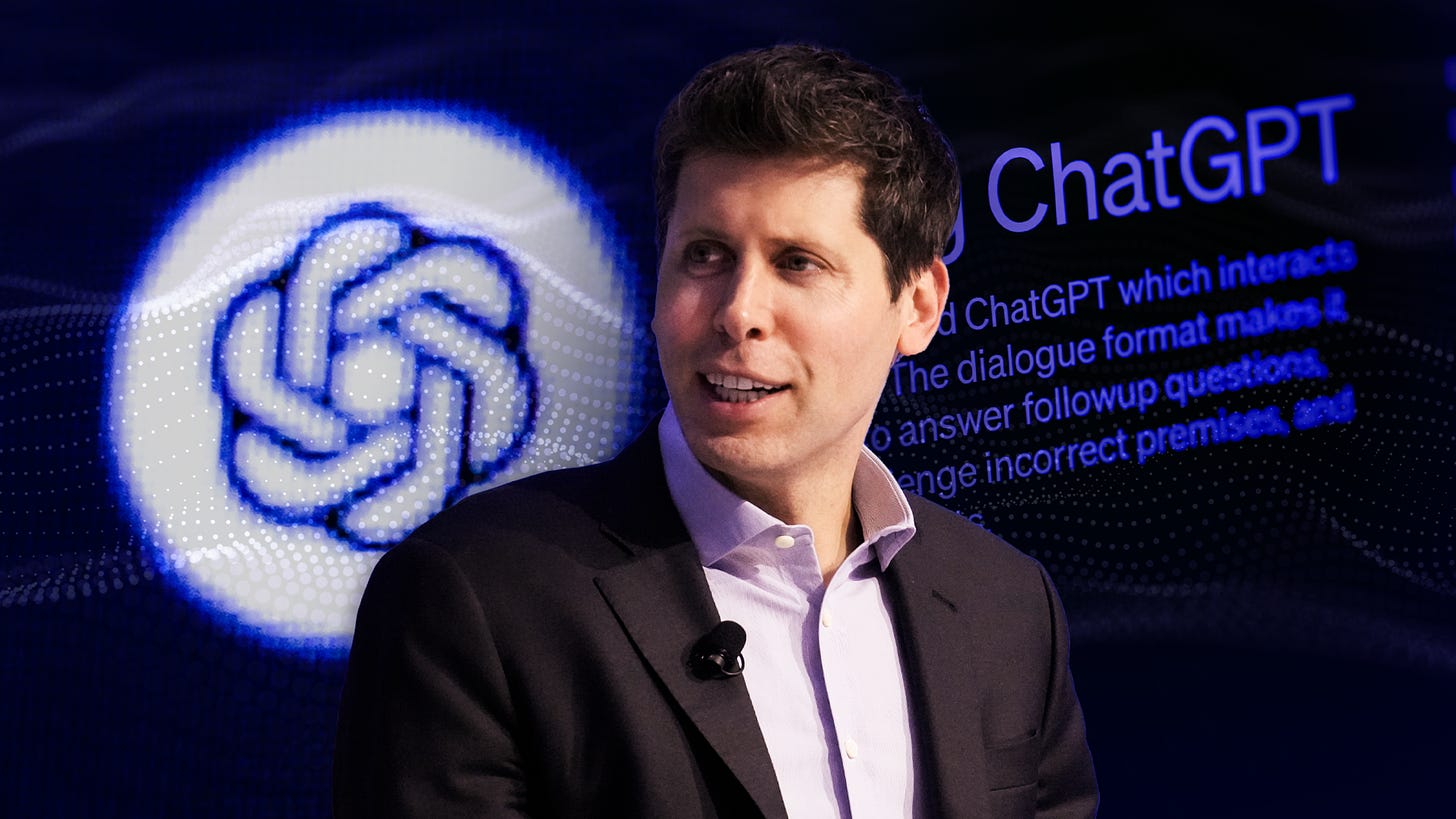It is difficult to overestimate the impact Jony Ive has had on consumer electronics. His sleek, elegant, minimalist blueprint has been seminal in the success of all of Apple’s product lines.
The former Apple head of design was integral in making the MacBook, iPhone, iPod, iPad, iWatch and AirPods so aesthetically and experientially pleasing for the user.
Beyond Apple’s inventory, his elegant minimalist philosophy has been applied to many other consumer products as well — from cars, to bicycles, to record players, and even buttons (no, not computer buttons — the buttons on your clothes).
In 2019, Ive decided to move on from Apple, parting ways with arguably one of the most enviable jobs in Silicon Valley. He has remained more or less in incognito over the past five years, but his projects have always stayed true to his instinct for sleekness and simplicity.
Post Apple Designs
One of Ive’s latest projects was a collaboration with Italian luxury fashion brand Moncler, in which he designed a magnetic button as a way to more elegantly connect two pieces of clothing together.
It reportedly took four years to reinvent this connecting technology that is supposedly more experientially pleasing for the user than using the traditional button, zipper, or Velcro.
Ive — who pays attention to the smallest of details — founded it too challenging to reinvent the zipper. Velcro was “ingenious” (as he puts it) in allowing users to connect two pieces of clothing together without having to pay attention. But just like the zipper, he considered the Velcro experience “unsatisfying” for the user. Hence the ‘magnetic button’ was developed.
In 2021, Ive partnered with Ferrari’s parent company Exor. The luxury giant wanted Ive’s magic touch in their quest to re-define their automotive product line. Ive’s ability to infuse electronic elegance into the historically analog driven wristwatch (which produced the success of the iWatch) was just the type of product reframing Ferrari was looking for in their quest to enter the electric vehicle market.
Ive’s knack for transforming clunky-analogue technology into sleek products expands beyond his work on the iWatch and his partnership with Ferrari. In 2022 he collaborated with British sound-system manufacturer Linn to create the LP 12–50 — the company’s limited edition modernized record player that reportedly sells for $60,000 a piece.
LoveFrom
All of these post-Apple endeavors came about when Ive started his own design consultancy — LoveFrom — following his departure from Apple. The company’s website is just as sleek and mysterious as the man himself. It simply shows you a black and white graphic of the business’ name. The website has no contact details, no mission statement, no links, no colors.
Needless to say that Ive does not need any sophisticated online marketing for himself. Today LoveFrom receives up to $200 million in fees from their clients. Ive has coughed up $90 million to purchase multiple properties in a single block in San Francisco which will be renovated into LoveFrom’s headquarters. It is a bewildering sum of money to spend on office space in a post COVID world, especially considering that the company only has a few dozen employees.
Along with Moncler, Ferrari and Linn, LoveFrom has Dior, Airbnb and Kraft Heinz in their blue-chip client list. But it is their latest client that recently rocked the tech and business world. A client in the software industry that is currently pushing the very edge of technology and human ingenuity — Sam Altman’s Open AI.
The 57-year-old British designer has confirmed a collaborative relationship between LoveFrom and OpenAI. Details are sparse. Just about as sparce as LoveFrom’s website. But tech executives have predicted that the collaboration may bring about a device that may challenge the invention of the smartphone itself. In terms of investors, Masayoshi Son and Lauren Powell Jobs have reportedly invested up to $1 billion each into the initiative.
Hardware is Hard
The field of tech hardware is ripe with cringeworthy failures, even from the largest of tech behemoths. Amazon’s launch of the Fire Phone looked more like a suburban backyard fire sale. Microsoft’s Windows Phone was about as charming as a windowless bedroom. And in spite of all the hype, Google’s Google Glass consistently failed to shatter the market’s expectations.
But none of these projects involved a product designer quite as revolutionary as Ive. That satisfying magnetic ‘snap’ you hear when you plug in the charger of a MacBook. The elegant corners and the minimalist color palette of the iPhone outer shell. The pleasing contour of the AirPods. Such attention to detail towards experience and aesthetics may just be what OpenAI needs to successfully develop the next game-changing tech hardware.
At the heart of Ive’s skill is his ability to understand the consumer’s discernments more intimately than the consumers themselves. “We are capable of discerning far more than we are capable of articulating”. This knack of being able to clearly articulate (instead of merely discern) what is beautiful and not beautiful, what feels right and doesn’t feel right, what looks pleasing and doesn’t look pleasing — puts Ive into a sample of one in the world of consumer electronics.
His collaboration with Steve Jobs more or less transformed our relationship with consumer technology. In his recent partnership with Sam Altman, let’s see if he can redefine this relationship once more.




